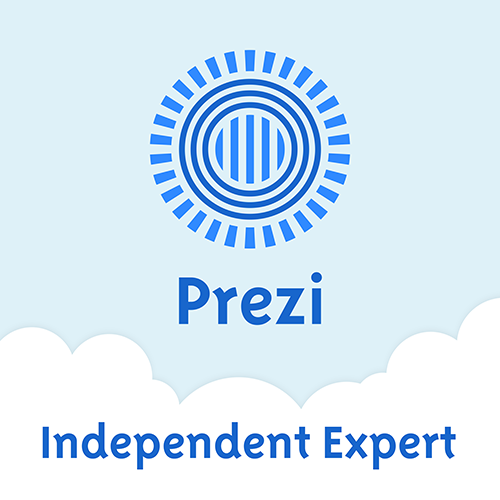“The presentation is the last thing”
I often hear this and other such phrases when I ask people in my training sessions & workshops: “When do you prepare your presentation?” or “When do you start preparing the presentation?”
By that I don’t mean that the presentation is ‘the last’ in the sense of ‘pointless’, but rather that a presentation is very often only prepared at the end of a process or project.
Be convincing with a last-minute presentation?
 More often than not, it is finished on the actual day or the night before the presentation, isn’t it? Hand on your heart – who hasn’t been there?
More often than not, it is finished on the actual day or the night before the presentation, isn’t it? Hand on your heart – who hasn’t been there?
Just imagine, you have worked on a project for a year or even longer, the result of which you are now able to present. The results are impressive and you want to show the world your extraordinary achievement.
So does it really make sense to invest this much time here and then put together a presentation as quickly as possible? Probably not.
Then why is this phenomenon so common? Why do the majority of people invest so little time into what should have the audience bursting with enthusiasm?
Because most people think that the data and facts speak for themselves!
Data and facts do (not) speak for themselves!
But do they really? I say NO!
The single most important thing in a presentation is the attention of the audience. If you have lost this, it is very difficult top get it back again during the presentation.
It isn’t possible, however, to keep the audience’s attention with a vast collection of figures and a boring list of facts (which are also all still important).
Why not?
Because people cannot do two things at once, even though the word multitasking continues to suggest this. The more information you cram into your presentation slides, the more the audience will have to read instead of listening to you.
And after the third or fourth slide of text, they will get bored and give up. And once their attention is gone, we refer to it as “death by Powerpoint”.
Present in a convincing way by planning your presentation well
The most effective measure against ‘death by Powerpoint’ is ensuring your presentation involves good, profound planning. Consider exactly which core statements you want to to give your audience along the way and build your creative presentation around these.
If you can also visualize these effectively and package your content into an exciting story, you’ve laid the perfect foundations for getting what you want – the attention of the audience!
As it’s only an attentive audience that can follow your words and only an attentive audience that you can convince of your ideas and statements.
Creative presentations need time
 If the content of your presentation is important to you and you don’t want to be the ‘bore’ standing there, then you need to take the time to plan, implement and practice your presentation. The amount of time depends on your personal experience in dealing with presentations.
If the content of your presentation is important to you and you don’t want to be the ‘bore’ standing there, then you need to take the time to plan, implement and practice your presentation. The amount of time depends on your personal experience in dealing with presentations.
I’m no friend of presentation rules but according to expert opinion, you should allow at least one hour of preparation time for each minute of your presentation.
An example of how long before the date of a presentation you can start with planning is revealed by a Prezi expert from London in this blog article (planning starts end of July, presentation is October 3).
Seem excessive? Maybe so. But regardless of the amount of time you will need, one to two days before the presentation is definitely leaving it too late!
A final note: If you would like to find out more about presentation planning and implementation, we would be delighted to welcome you to one of our public Prezi training sessions. This is also available for companies in the form of in-house workshops in your usual environment.
Image sources: © THesIMPLIFY – Fotolia.com, © DOC RABE Media – Fotolia.com, © mtkang – Fotolia.com



